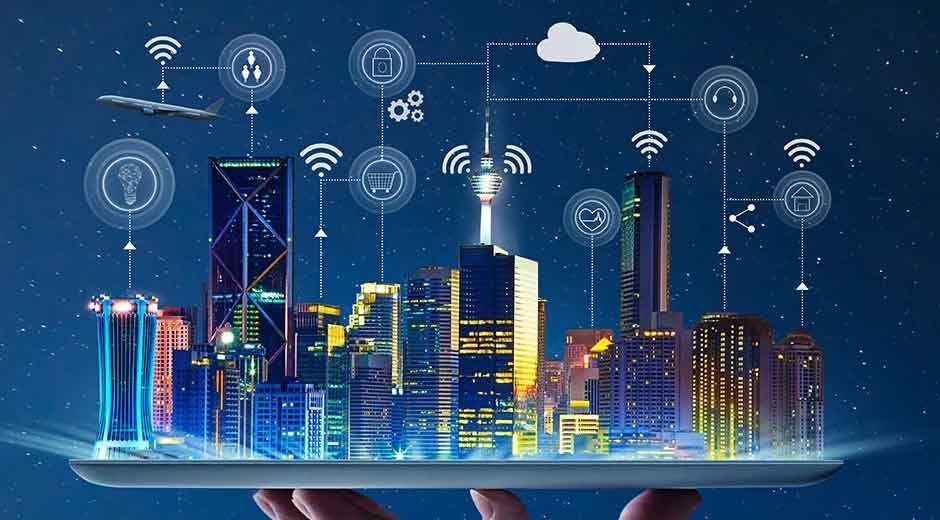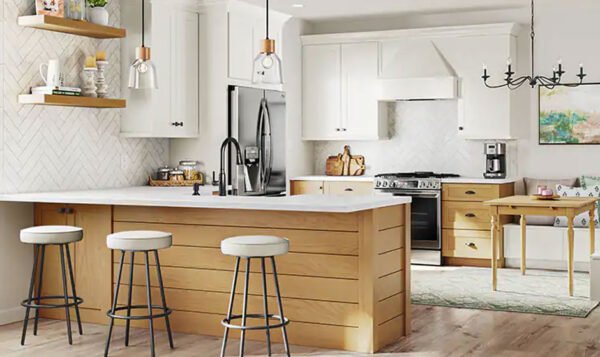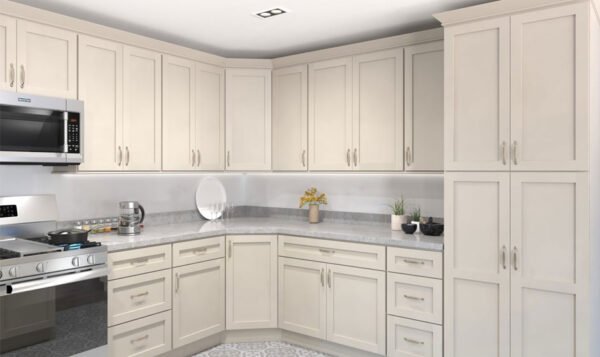Creating a More Connected City Life

City life is a whirlwind of movement, opportunity, and innovation. But as urban populations grow and lifestyles evolve, one thing becomes increasingly clear: connection is everything. From digital connectivity to social cohesion, a truly modern city must bridge gaps, not just with bridges and roads, but with smart infrastructure and inclusive community design.
The Evolution of Urban Living
For generations, cities were built for efficiency: quick commutes, concentrated business districts, and densely packed housing. But the digital age has transformed expectations. We no longer just live and work in cities—we stream, share, collaborate, and network in real time. As a result, today’s urban dwellers demand more than just a place to live. They expect seamless access to technology, opportunities for community engagement, and systems that make life easier.
Technology as a Cornerstone
One of the most significant factors in developing a more connected city is the integration of advanced technology. Smart sensors, energy-efficient grids, app-driven public services—these innovations create cities that think, learn, and respond to their residents. Whether it’s monitoring air quality or managing traffic flow, digital systems help ensure that urban living remains sustainable and efficient.
High-speed internet is another essential pillar. It enables remote work, supports smart home technologies, and keeps people connected to loved ones and resources. With the increasing reliance on cloud services and video communication, residents are prioritizing reliable digital infrastructure when choosing where to live. That’s why many turn to fiber internet providers in New York City, as these services offer the speed and reliability essential to today’s lifestyle.
Designing for Human Connection
While digital tools are crucial, physical connection matters too. The best-connected cities understand that human interaction fuels happiness, creativity, and innovation. Urban planners are increasingly incorporating shared spaces that encourage chance encounters: community gardens, co-working lounges, pedestrian-friendly walkways, and cultural hubs.
Public transportation is a key part of this equation. When people can move efficiently across neighborhoods, they’re more likely to attend local events, visit small businesses, and feel part of a wider community. Interconnected transit systems reduce the need for cars, lower emissions, and help foster a sense of belonging.
Bridging the Digital Divide
As cities digitize, it’s vital to ensure that no one gets left behind. A connected city should be an inclusive city. That means prioritizing affordability and accessibility when rolling out new technology. Municipal initiatives offering low-cost devices, community training programs, and free public Wi-Fi help ensure everyone, from students to seniors, can take full advantage of digital progress.
Moreover, multilingual services, accessible design standards, and tools for the visually or hearing-impaired contribute to a truly connected urban experience for all.
Sustainability Through Smart Solutions
A connected city isn’t just efficient and inclusive; it’s also environmentally responsible. Smart energy systems, real-time waste management, and data-driven sustainability efforts all contribute to greener urban living. For example, sensor-based lighting systems reduce energy usage, and intelligent irrigation helps preserve water in public green spaces. These innovations rely on constant connectivity and data flow, further highlighting the need for robust internet infrastructure throughout the city.
Looking Ahead
As more people migrate to urban areas, the need for thoughtful, interconnected cities will only grow. But connectivity is more than cables and code. It’s about people—how they communicate, collaborate, and care for the place they call home. With a balanced approach that blends technology, human design, and sustainability, we can create urban environments that not only function better but feel better to live in.



